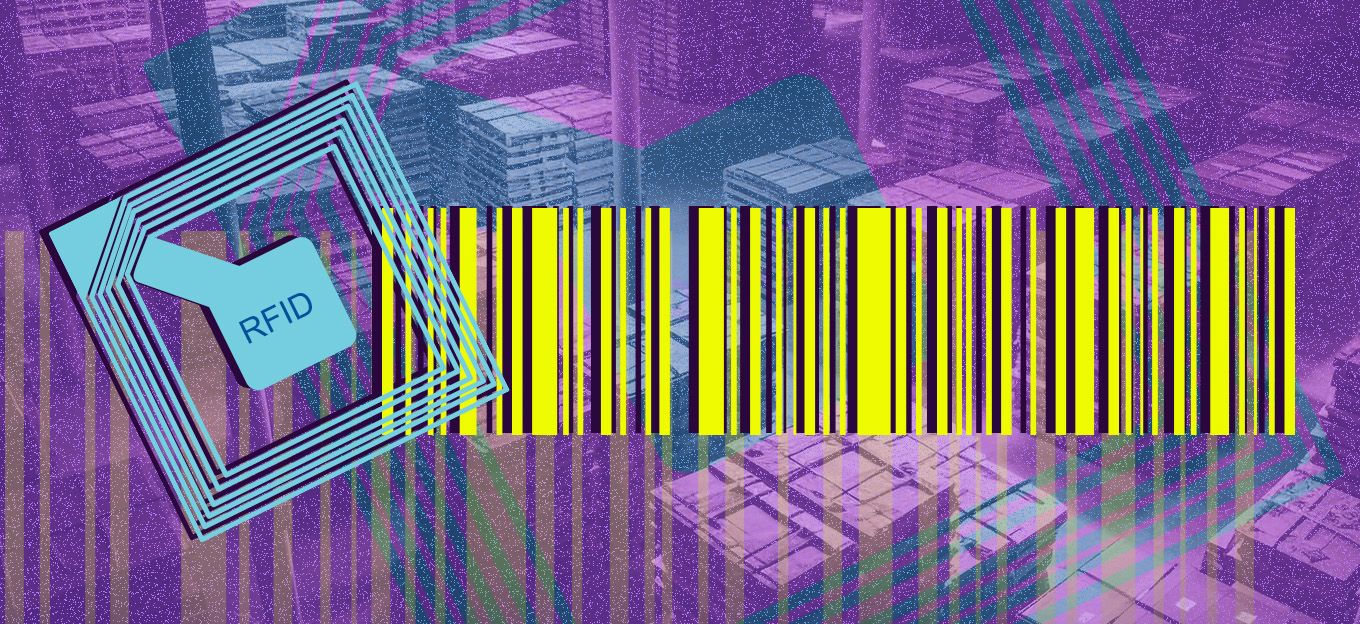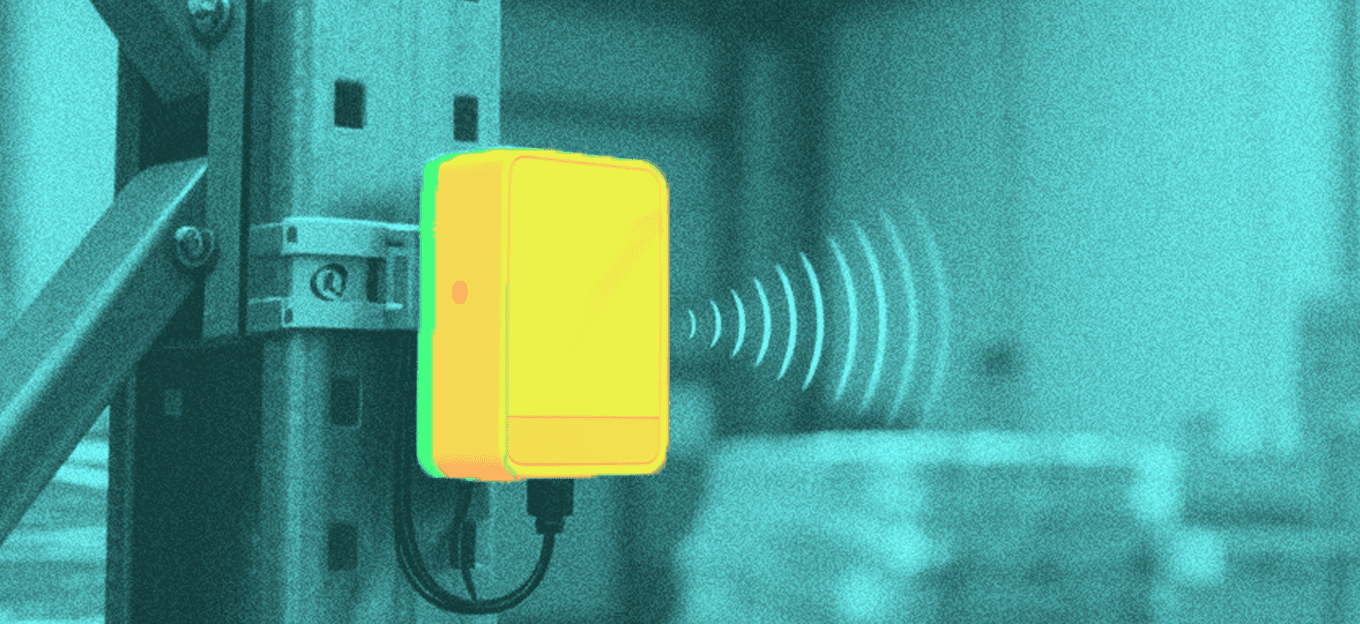RFID Stock Count: Why It’s Becoming a Standard in Retail and Warehousing
RFID Stock Count: Why It’s Becoming a Standard in Retail and Warehousing
- Last Updated: October 2, 2025
Cykeo
- Last Updated: October 2, 2025



Anyone who’s ever done a full stock count in a store or warehouse knows how exhausting it can be—long hours, scanning one barcode after another, and still ending up with mismatches in the system. That’s why more businesses are turning to RFID stock count. Some claim it pushes accuracy close to 99%, others say the upfront costs are too steep. The truth sits somewhere in between, and it depends on how you roll it out.
Accuracy That Barcode Can’t Match
With traditional barcodes, staff must scan items one by one. Miss a label or scan the wrong code and the whole count is off. RFID works differently: hundreds of tagged items can be read in seconds, no direct line of sight required.
For example, a fashion retailer that used to spend two full days counting every item on the sales floor managed to complete the process in just a few hours once RFID was in place. The system updated stock levels in real time, linked directly to the POS and ERP, and highlighted discrepancies without manual cross-checks.
That’s how you get close to that 99% accuracy rate people talk about—it’s not magic, just a lot fewer human errors.
Beyond Counting: Better Customer Experience
Inventory accuracy isn’t just for the back office. It changes the way customers shop.
Think of a shopper who sees “available” online but can’t find their size in-store—that’s a broken experience. RFID makes it easier to keep store displays aligned with actual stock, so customers aren’t let down.
In warehouses, it means faster picking and smoother order fulfillment. What used to take hours of searching through racks can now be done with handheld readers guiding staff to the right bin or pallet.
The Real Costs and Barriers
It would be dishonest to call RFID a quick win.
- Upfront investment: Tags, readers, antennas, integration—none of it is cheap.
- System integration: Connecting RFID data into ERP, WMS, or POS isn’t plug-and-play. Many projects take months of testing.
- Tag costs: A single RFID tag still costs more than a printed barcode. At scale, that difference adds up.
That’s why smaller shops often hesitate, while industries with big inventory losses—fashion, logistics hubs, manufacturing supply chains—are embracing it. For them, the cost of being wrong on stock outweighs the cost of the technology.
How Implementation Usually Works
Rolling out RFID stock count isn’t something you do overnight. Companies generally follow a few steps:
- Pick a coding standard (EPC Gen2 UHF is the common choice, works across most readers).
- Tag encoding: Make sure every item has a unique digital identity.
- Deploy readers/antennas at key points—warehouse gates, retail stockrooms, return areas.
- Integrate with software: feed data into ERP, WMS, or POS so the numbers line up across the business.
Done right, each stage reduces friction before you scale to full adoption.
Industry Use Cases
- Retail stores: Complete stock counts in hours, not days. Better size availability for shoppers.
- Large warehouses: Bulk scanning, automated check-in/out of goods, fewer labor hours.
- Returnable assets: Track tools, bins, or reusable equipment, and reduce losses.
- Anti-counterfeit and omnichannel: Verify authenticity of high-value items and keep online/offline stock synchronized.
Fashion retailers in Europe and North America have already reported measurable gains: lower out-of-stocks, faster replenishment, and even higher sales after adopting RFID for stock counts.
Closing Thoughts
At its core, RFID stock count isn’t just a faster way to scan items. It changes how businesses see and control their inventory. Real-time visibility, fewer mistakes, smoother integration with sales and logistics—all of that adds up.
Yes, the upfront price tag and complexity are real obstacles. But for industries where inventory accuracy directly affects customer trust and revenue, RFID has already moved from an experiment to a necessity.
The Most Comprehensive IoT Newsletter for Enterprises
Showcasing the highest-quality content, resources, news, and insights from the world of the Internet of Things. Subscribe to remain informed and up-to-date.
New Podcast Episode

What is Hybrid Connectivity for IoT?
Related Articles


